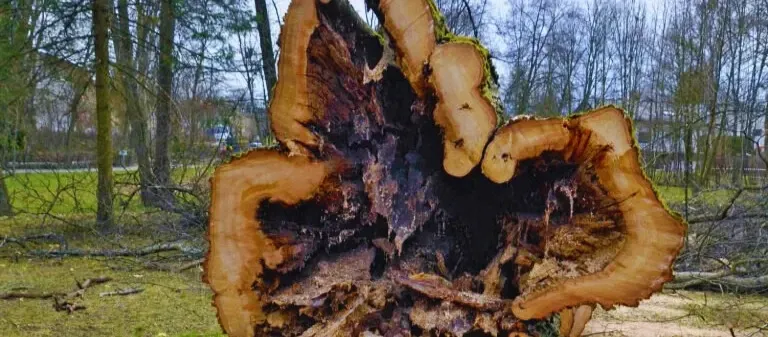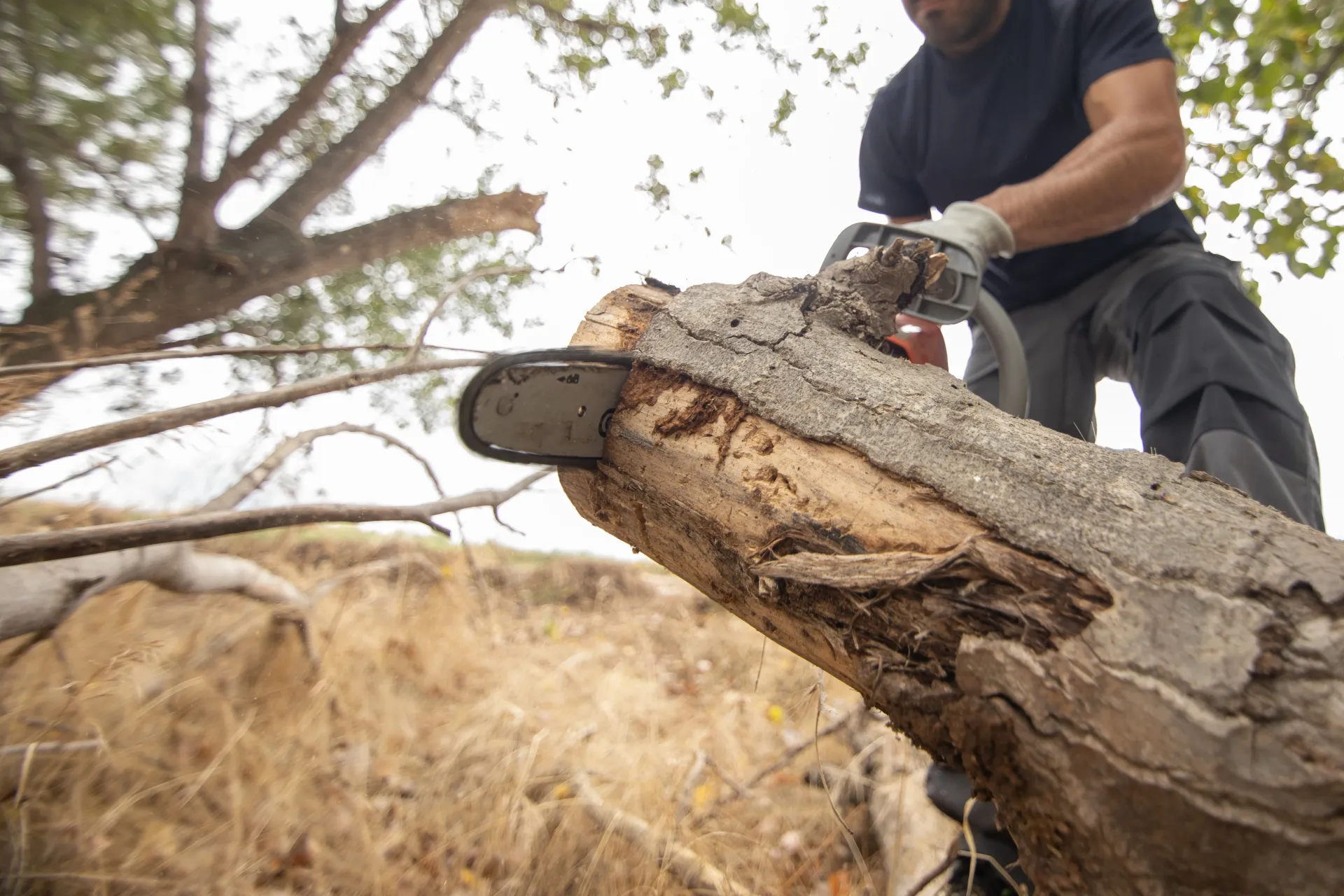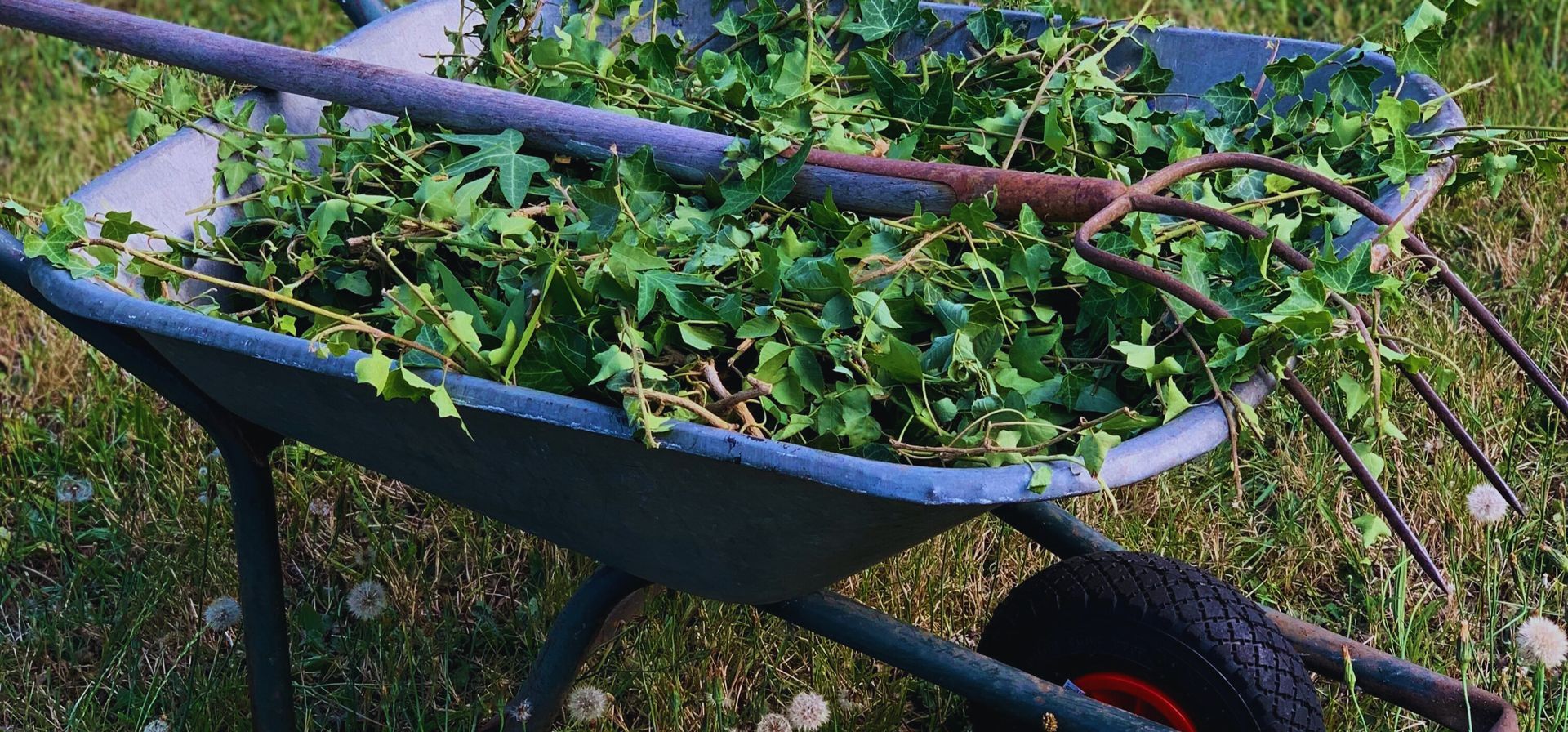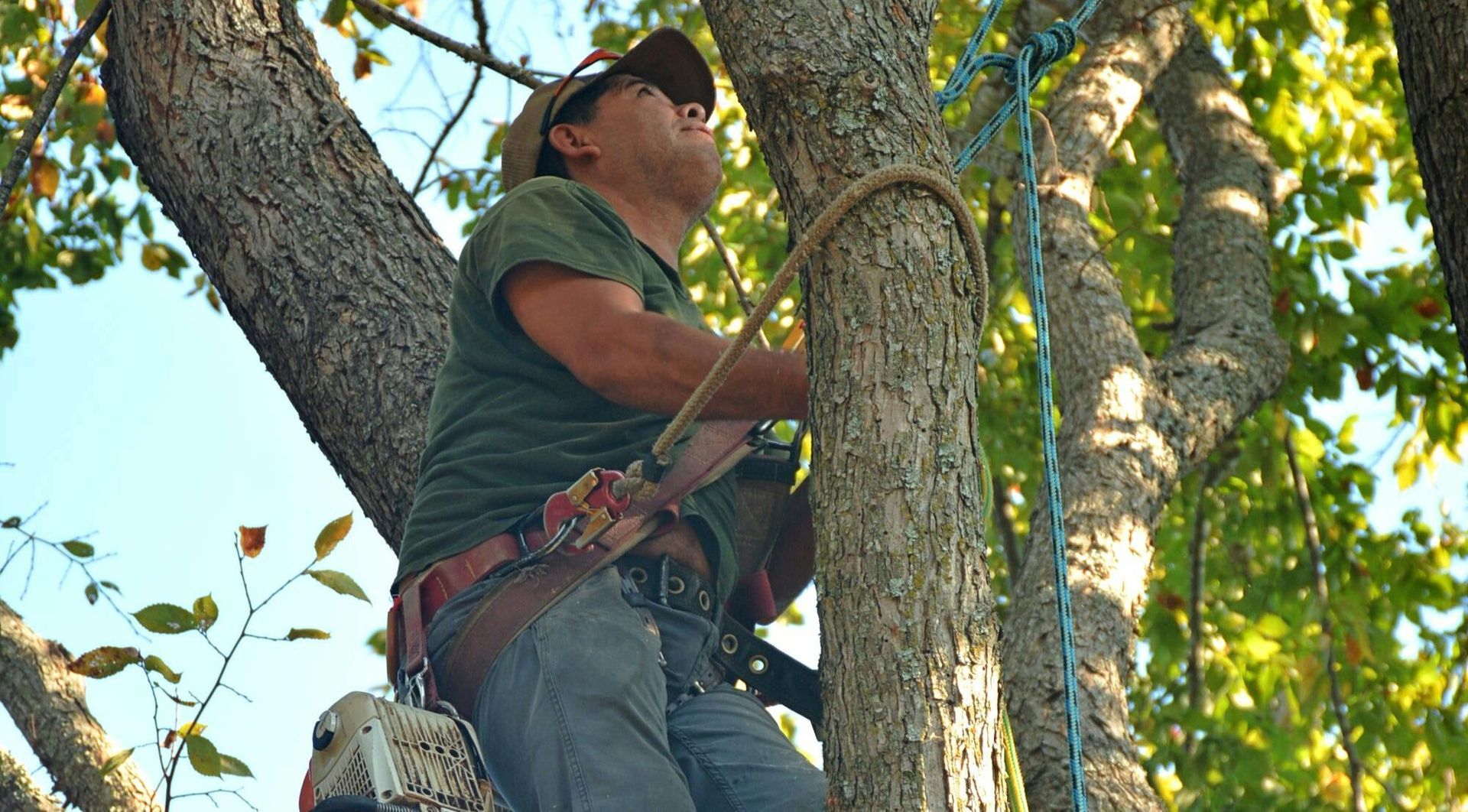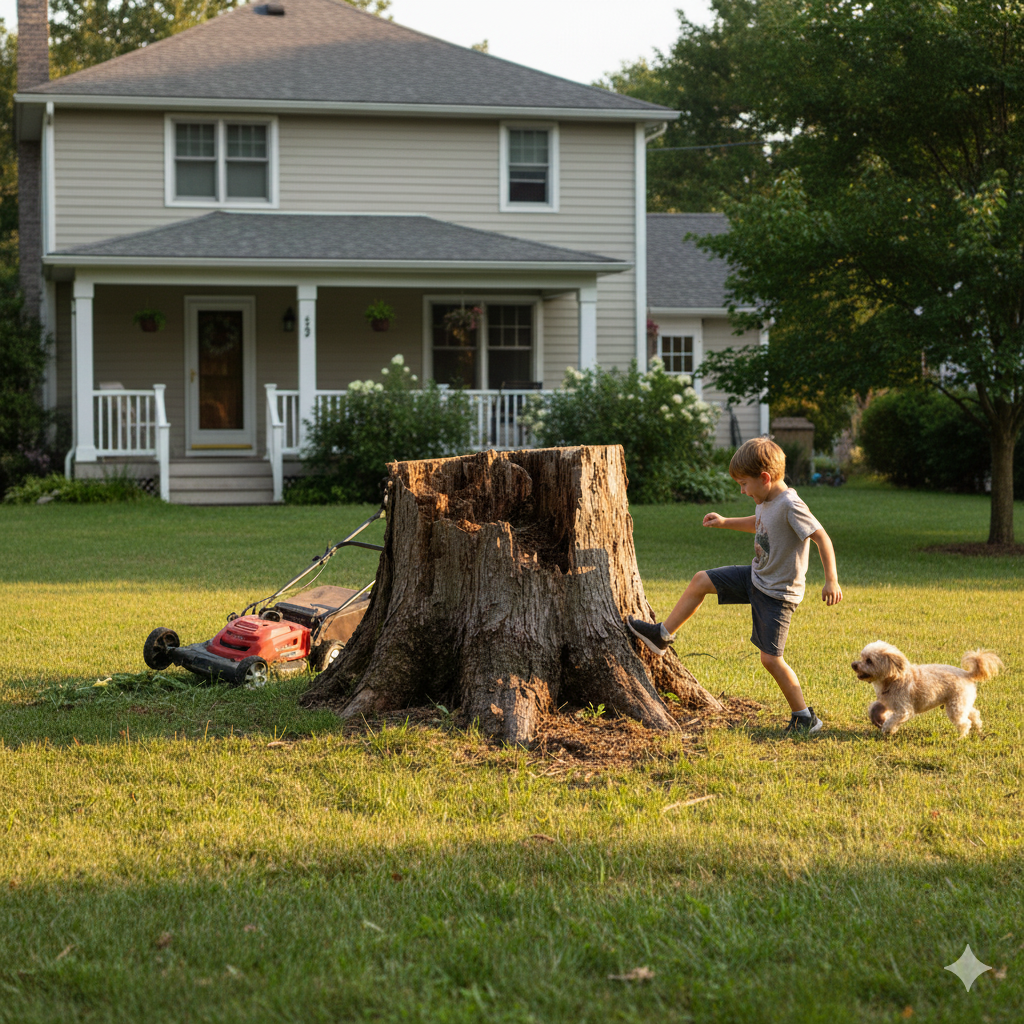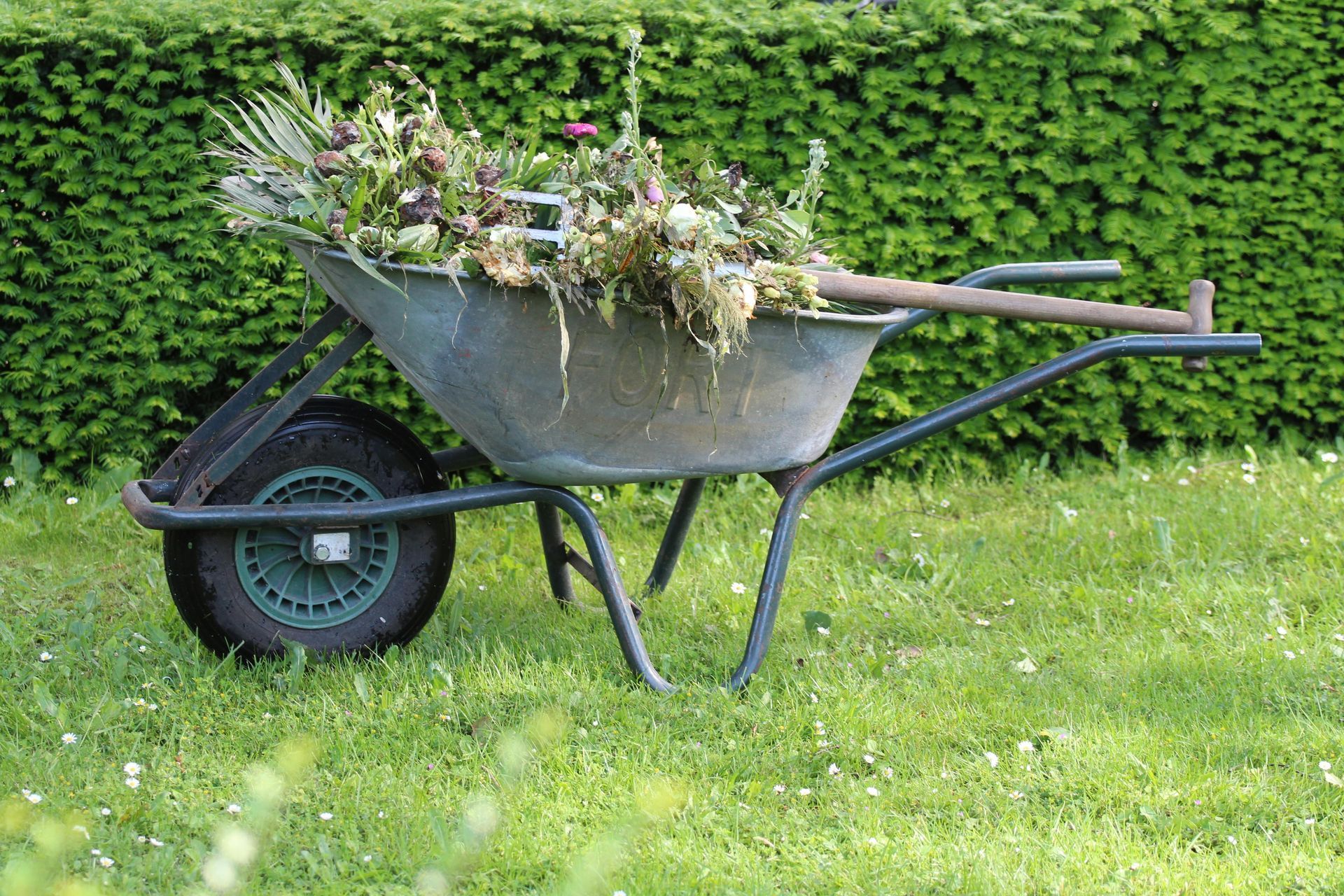Why Your Southern California Trees Might Be Crying for Help: A Guide to Essential Tree Services
Picture this: It's a beautiful sunny day in Southern California, and I'm lounging in my backyard, enjoying the shade of my favorite old oak tree. Suddenly, I hear a loud crack! A massive branch comes crashing down, narrowly missing my prized rose bushes. That was my wake-up call – a moment when I realized just how important proper tree care is in our unique SoCal climate. If you're a fellow Southern Californian with trees on your property, stick around. I'm about to share everything I've learned about keeping our leafy friends happy, healthy, and hazard-free.
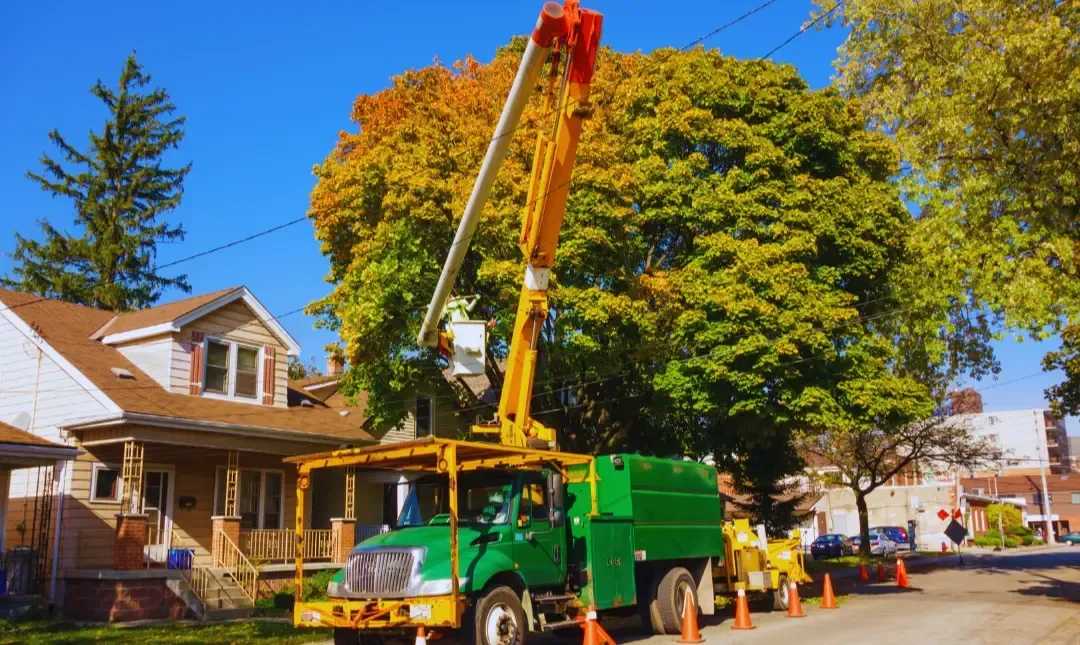
The Importance of Tree Care in Southern California
Living in Southern California, we're blessed with a climate that allows for a diverse array of trees to thrive. From majestic palms to sturdy oaks, our trees aren't just pretty to look at – they're hard-working members of our ecosystem. But here's the thing: our unique climate also presents some challenges for our trees.
Climate considerations
Our sunny, dry weather can be tough on trees. Drought stress is a real issue, and without proper care, our trees can become weak and susceptible to disease. That's where professional tree care comes in handy.
Aesthetic value
Let's face it – well-maintained trees make our properties look amazing. They provide shade, create a sense of privacy, and can even increase our property values. But a neglected tree? That's an eyesore waiting to happen.
Property value enhancement
Did you know that mature, healthy trees can increase your property value by up to 20%? It's true! Potential buyers love properties with established, well-cared-for trees. It's like having a living, breathing investment right in your yard.
Tree Trimming: Keeping Your Trees Healthy and Beautiful
Why trim trees?
Tree trimming isn't just about making your trees look pretty (although that's a nice bonus). It's about maintaining their health and structure. Regular trimming helps prevent disease, promotes healthy growth, and can even extend the life of your tree.
Signs your trees need trimming
Keep an eye out for these telltale signs:
- Dead or dying branches
- Branches that cross or rub against each other
- Overgrown branches that block sunlight from reaching your lawn
- Branches hanging too close to your house or power lines
Benefits of regular trimming
- Improved tree health
- Better fruit production for fruit trees
- Enhanced curb appeal
- Reduced risk of falling branches
DIY vs. professional trimming
While it might be tempting to grab a pair of pruning shears and go to town on your trees, some jobs are best left to the pros. For small, low branches, DIY trimming can be fine. But for anything involving climbing or heavy branches, it's safer (and often more effective) to call in a professional tree service.
Tree Removal: When It's Necessary
Sometimes, despite our best efforts, a tree needs to go. It's never an easy decision, but in some cases, it's the safest option.
Reasons for tree removal
- The tree is dead or dying
- It's causing structural damage to your home or other buildings
- The tree is diseased and poses a risk to other plants
- It's in the way of new construction
The tree removal process
Tree removal is a complex process that typically involves:
- Assessing the tree and surrounding area
- Planning the fall zone
- Cutting the tree in sections (for larger trees)
- Safely lowering branches and trunk sections
- Cleaning up the area
Stump removal options
Once the tree is down, you'll need to decide what to do with the stump. Options include:
- Grinding (most common)
- Chemical removal
- Manual removal
- Letting it decay naturally (slowest option)
Replanting considerations
After removing a tree, you might want to plant a new one. Consider factors like:
- Local climate and soil conditions
- Mature size of the new tree
- Proximity to structures and power lines
- Water and sunlight requirements
Emergency Tree Removal: Dealing with Unexpected Situations
Sometimes, tree issues can't wait. That's where emergency tree removal comes in.
Common emergency scenarios
- Storm-damaged trees
- Trees fallen on structures or vehicles
- Trees blocking roads or driveways
- Trees threatening to fall on power lines
What to do in a tree emergency
- Ensure everyone's safety first
- Call your local emergency services if power lines are involved
- Contact a 24/7 emergency tree service
- Document the damage for insurance purposes
Choosing an emergency tree service
Look for a service that offers:
- 24/7 availability
- Quick response times
- Proper insurance and licensing
- Experience with emergency situations
Seasonal Tree Care in Southern California
Our mild climate means year-round tree care, but each season has its own focus.
Spring tree care tips
- Inspect for winter damage
- Prune spring-flowering trees after they bloom
- Apply mulch to retain moisture
Summer tree maintenance
- Water deeply and regularly
- Watch for signs of heat stress
- Prune lightly to maintain shape
Fall preparation
- Plant new trees
- Reduce watering as temperatures cool
- Clean up fallen leaves to prevent disease
Winter tree protection
- Protect sensitive trees from frost
- Prune deciduous trees during dormancy
- Check for snow or ice damage after storms

Tree Health and Disease Prevention
Keeping your trees healthy is easier (and cheaper) than treating diseases.
Common tree diseases in Southern California
- Sudden Oak Death
- Pine Pitch Canker
- Citrus Greening Disease
Signs of tree illness
- Discolored or misshapen leaves
- Bark abnormalities
- Fungal growth
- Premature leaf drop
Preventative measures
- Regular inspections
- Proper watering and fertilization
- Maintaining good soil health
- Prompt pruning of damaged branches
Treatment options
Depending on the disease, treatments might include:
- Fungicides
- Insecticides
- Soil treatments
- Pruning infected areas
Trees and Property Safety
As beautiful as trees are, they can pose safety risks if not properly maintained.
Identifying hazardous trees
Watch out for:
- Leaning trees
- Multiple trunks
- Hollow or decayed areas
- Cracks in major limbs
Tree risk assessment
A professional tree risk assessment can help identify potential hazards before they become emergencies.
Legal considerations for tree owners
In Southern California, property owners are generally responsible for maintaining their trees and can be liable for damage caused by neglected trees. It's always best to address potential issues proactively.
Enhancing Your Landscape with Professional Tree Services
The right trees, properly cared for, can transform your property.
Tree selection for Southern California
Consider native species like:
- Coast Live Oak
- California Sycamore
- Western Redbud
Proper tree placement
Think about:
- Mature size of the tree
- Proximity to structures and utilities
- Shade patterns
- Root system characteristics
Long-term tree care planning
Develop a care plan that includes:
- Regular inspections
- Scheduled pruning
- Fertilization and pest management
- Irrigation needs
Environmental Benefits of Proper Tree Care
Our trees do more than just look pretty – they're environmental superheroes!
Air quality improvement
Trees absorb pollutants and produce oxygen, helping to clean our air.
Energy conservation
Strategically placed trees can reduce air conditioning needs by up to 30%!
Wildlife habitat
Healthy trees provide homes and food for birds, squirrels, and other urban wildlife.
Cost Considerations for Tree Services
Investing in your trees can save you money in the long run.
Factors affecting tree service costs
- Size and location of the tree
- Type of service needed
- Accessibility
- Time of year
Budgeting for regular tree maintenance
Set aside funds for:
- Annual inspections
- Regular pruning
- Fertilization and pest control
Long-term cost savings of professional care
Regular maintenance can prevent costly emergencies and extend the life of your trees.
Choosing the Right Tree Service Provider
Not all tree services are created equal. Here's how to find a good one:
Qualifications to look for
- ISA Certified Arborists on staff
- Proper insurance and licensing
- Good reputation and reviews
Questions to ask potential providers
- Can you provide references?
- What's your approach to tree preservation?
- Do you offer emergency services?
Red flags to avoid
- Unsolicited door-to-door offers
- Extremely low prices compared to other quotes
- Lack of proper insurance or credentials
DIY Tree Care: What You Can Do Safely
While some tasks are best left to pros, there's plenty you can do to care for your trees.
Basic tree care tasks for homeowners
- Watering
- Mulching
- Light pruning of low branches
Essential tools for tree maintenance
- Pruning shears
- Loppers
- Garden hose or soaker hose
- Mulch
When to call in the professionals
For anything involving:
- Climbing
- Power tools
- Large branches
- Proximity to power lines
The Future of Tree Care in Southern California
As our climate changes, so too will our approach to tree care.
Emerging technologies in arboriculture
- Drone inspections
- AI-powered disease detection
- Advanced irrigation systems
Adapting to climate change
We'll likely see more drought-resistant species and water-conservation techniques in the future.
Sustainable tree care practices
Look for services that use:
- Electric or low-emission equipment
- Organic pest control methods
- Recycling of tree waste
Conclusion
Whew! We've covered a lot of ground, from the basics of tree trimming to the future of arboriculture in Southern California. Remember that crack I heard in my backyard? It led me down a fascinating path of discovery about the trees that surround us every day. By understanding and caring for our trees, we're not just improving our properties – we're contributing to a healthier, more beautiful Southern California for everyone.
So next time you're relaxing in the shade of your favorite tree, take a moment to appreciate all it does for you. And if you hear any suspicious creaks or see any worrying signs, don't hesitate to call in the pros. Your trees (and your property value) will thank you!
FAQs
- Q: How often should I have my trees trimmed? A: Generally, most trees benefit from trimming every 3-5 years, but it can vary depending on the species and growth rate.
- Q: Is it okay to top my trees to control their height? A: No, topping is harmful to trees and can lead to weak growth and disease. Professional pruning is a better option for height control.
- Q: How can I tell if a tree on my property is dying? A: Look for signs like leaf discoloration, bark peeling, dead branches, and fungal growth on the trunk.
- Q: Do I need a permit to remove a tree from my property in Southern California? A: It depends on your specific location and the type of tree. Check with your local city or county offices for regulations.
- Q: How much does professional tree care typically cost in Southern California? A: Costs can vary widely depending on the service and the size of the tree. Basic trimming might start around $200, while large tree removals can cost $1000 or more.
Key Takeaways
- Regular tree maintenance is crucial for the health, safety, and beauty of your Southern California property.
- Professional tree services like trimming and removal can prevent costly emergencies and enhance your property value.
- Choosing the right trees for our climate and caring for them properly can provide numerous environmental benefits.
- While some tree care tasks can be done DIY, it's important to know when to call in the professionals.
- Investing in your trees now can lead to long-term savings and a more beautiful, sustainable landscape.
Remember, your trees are living, breathing parts of your property. By giving them the care they need, you're not just maintaining your landscape – you're investing in the future of your home and our Southern California environment. Happy tree tending!
